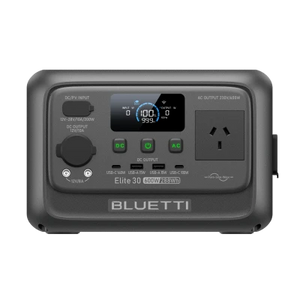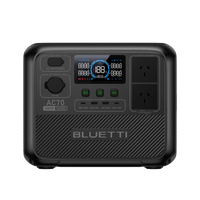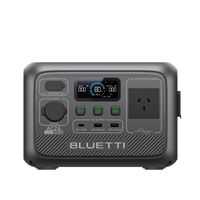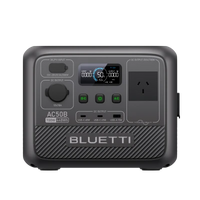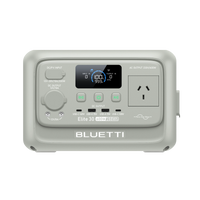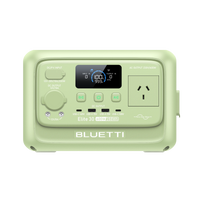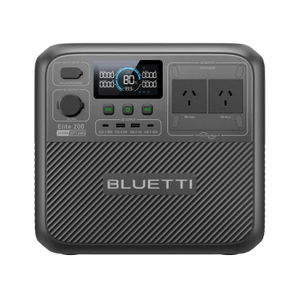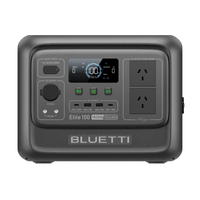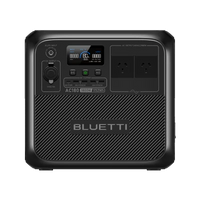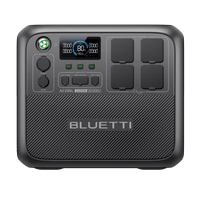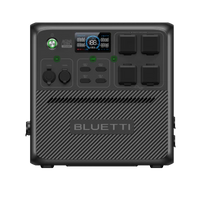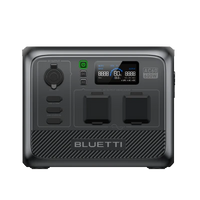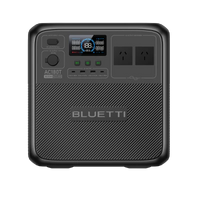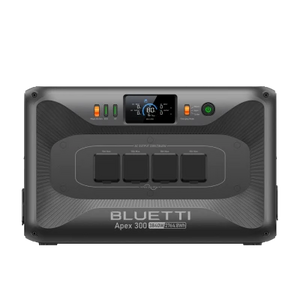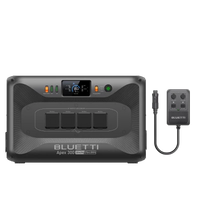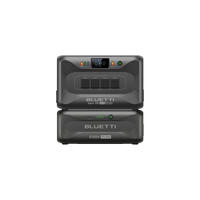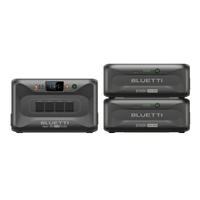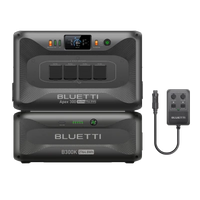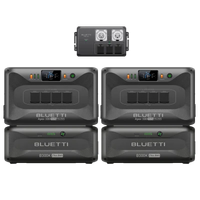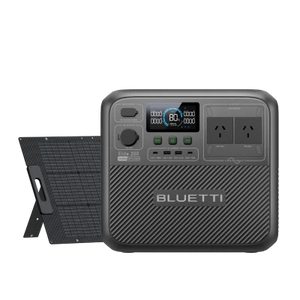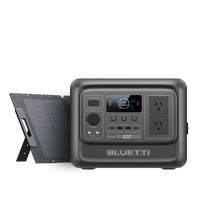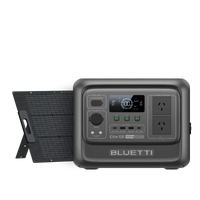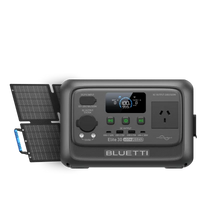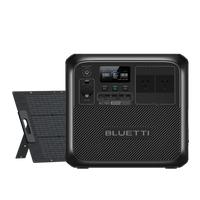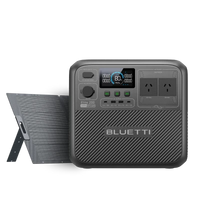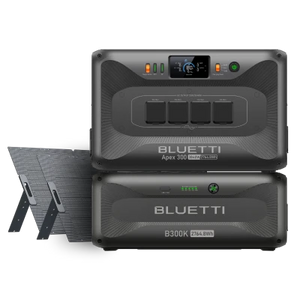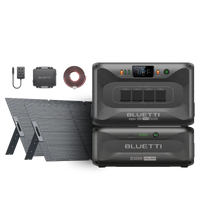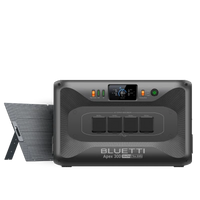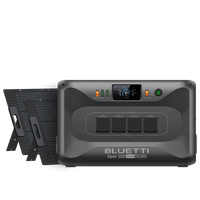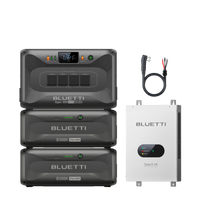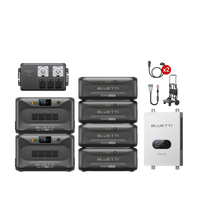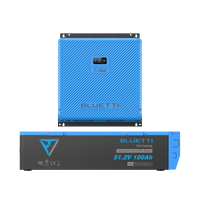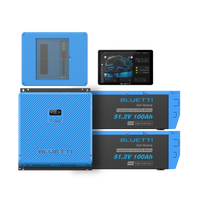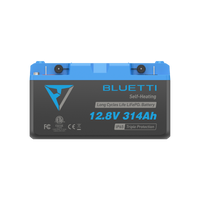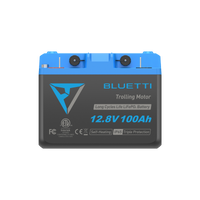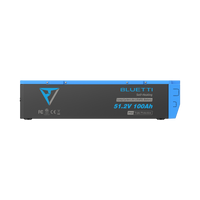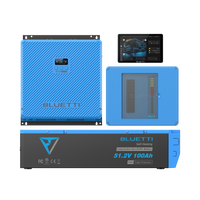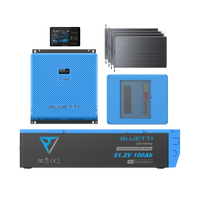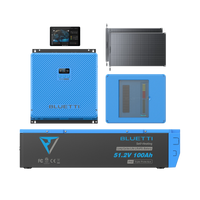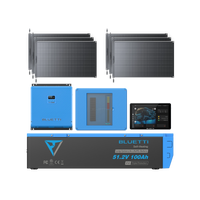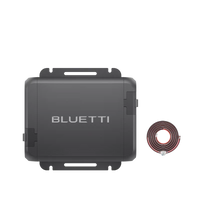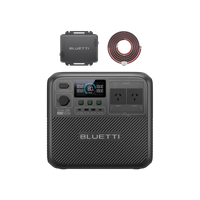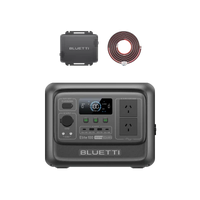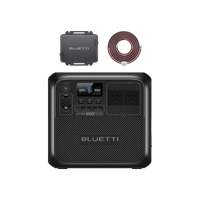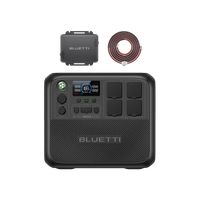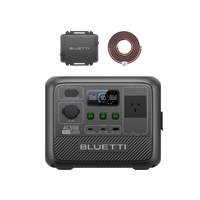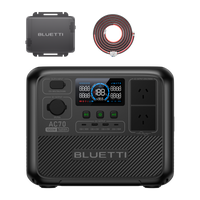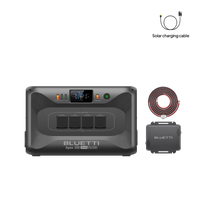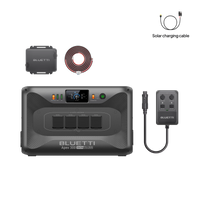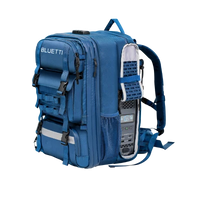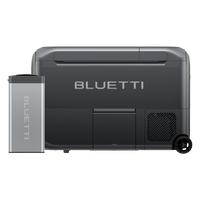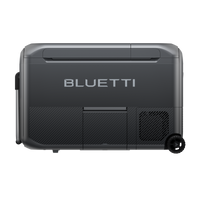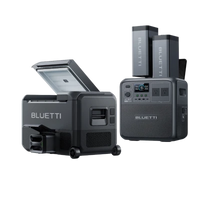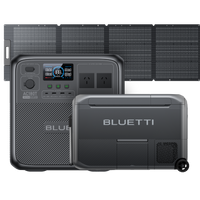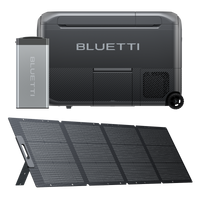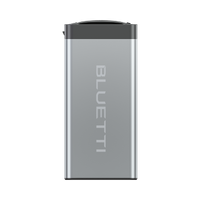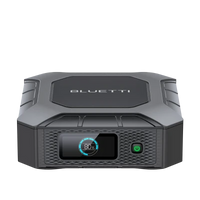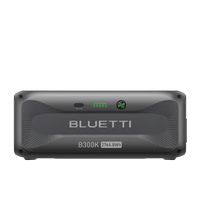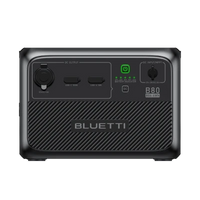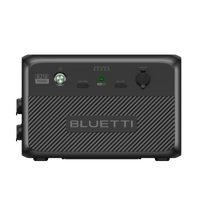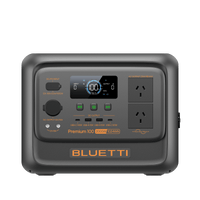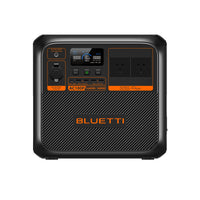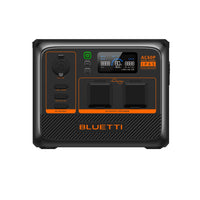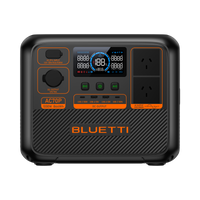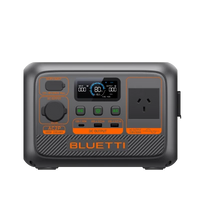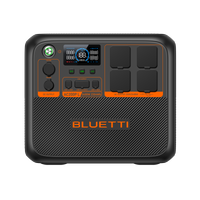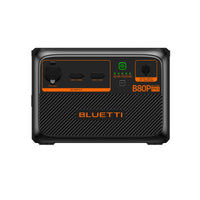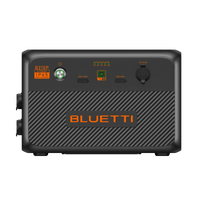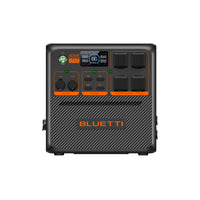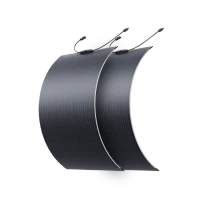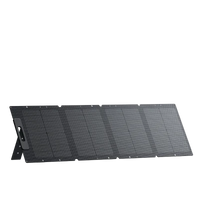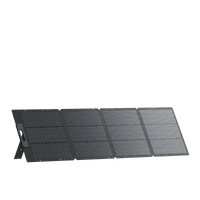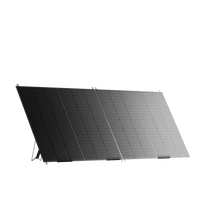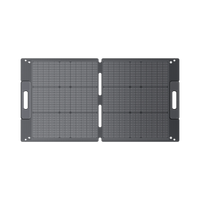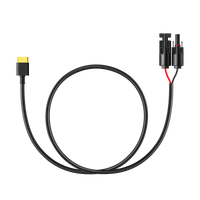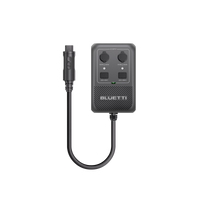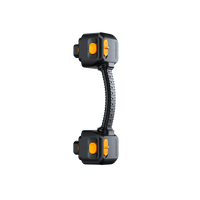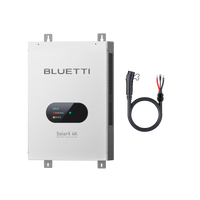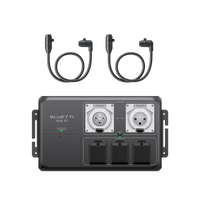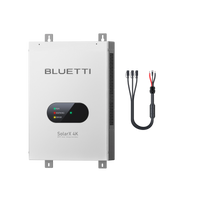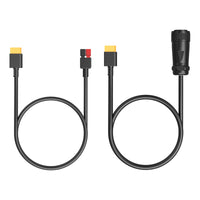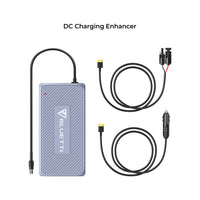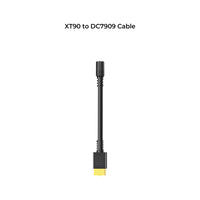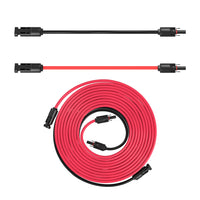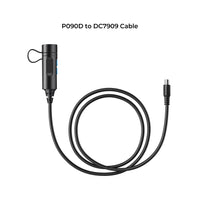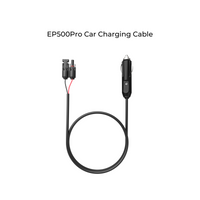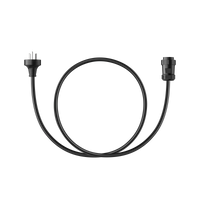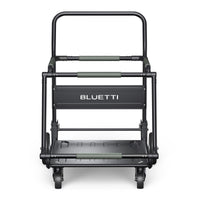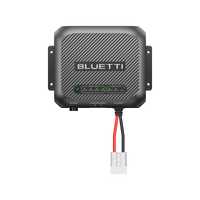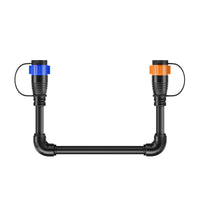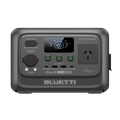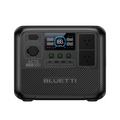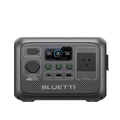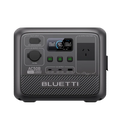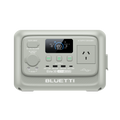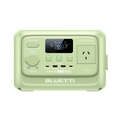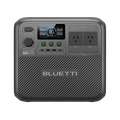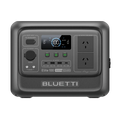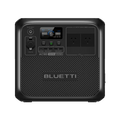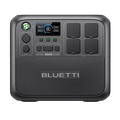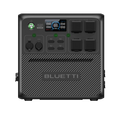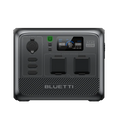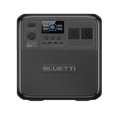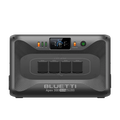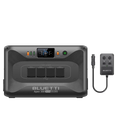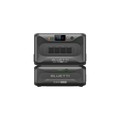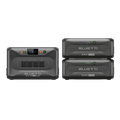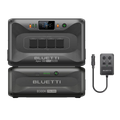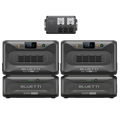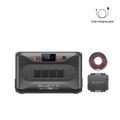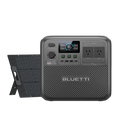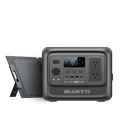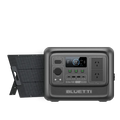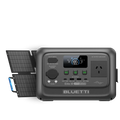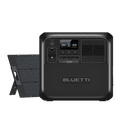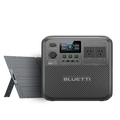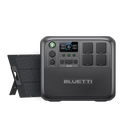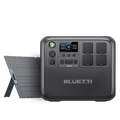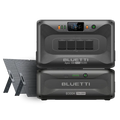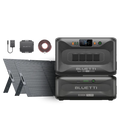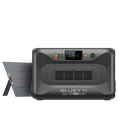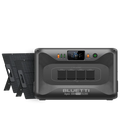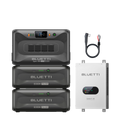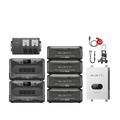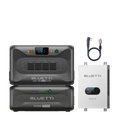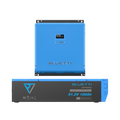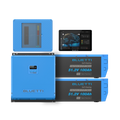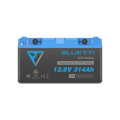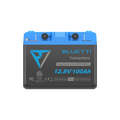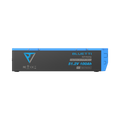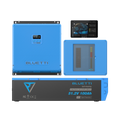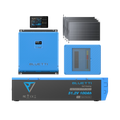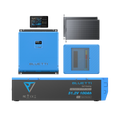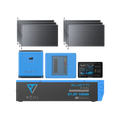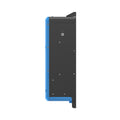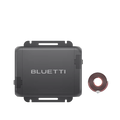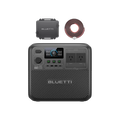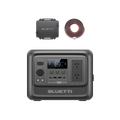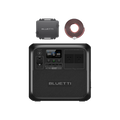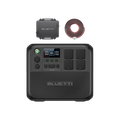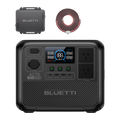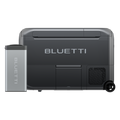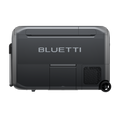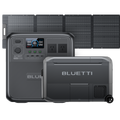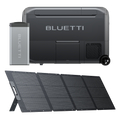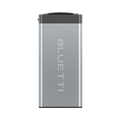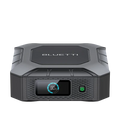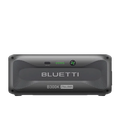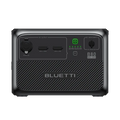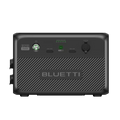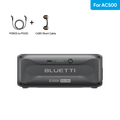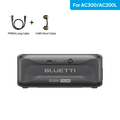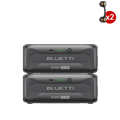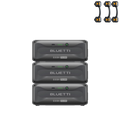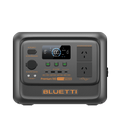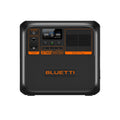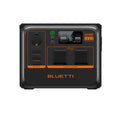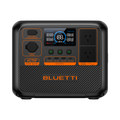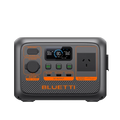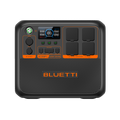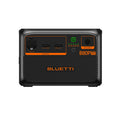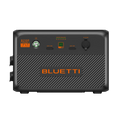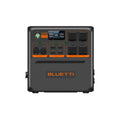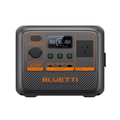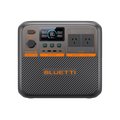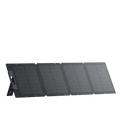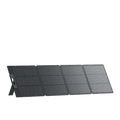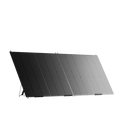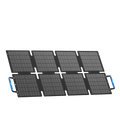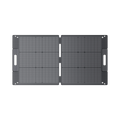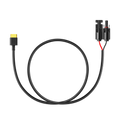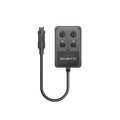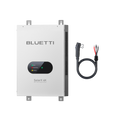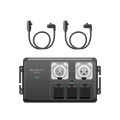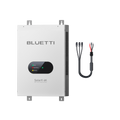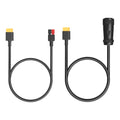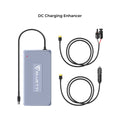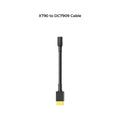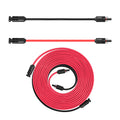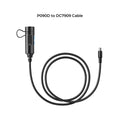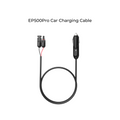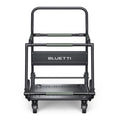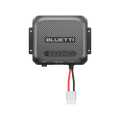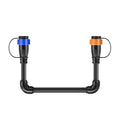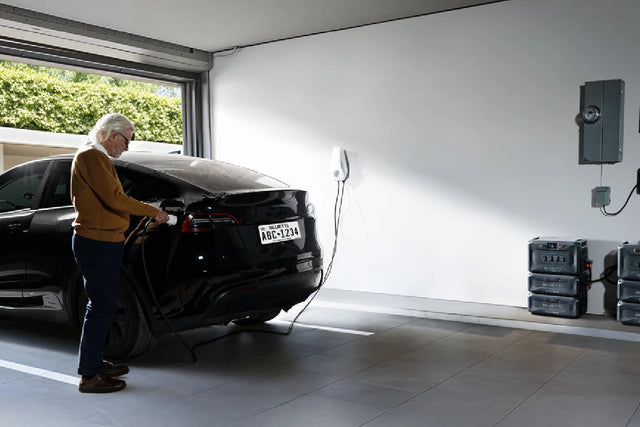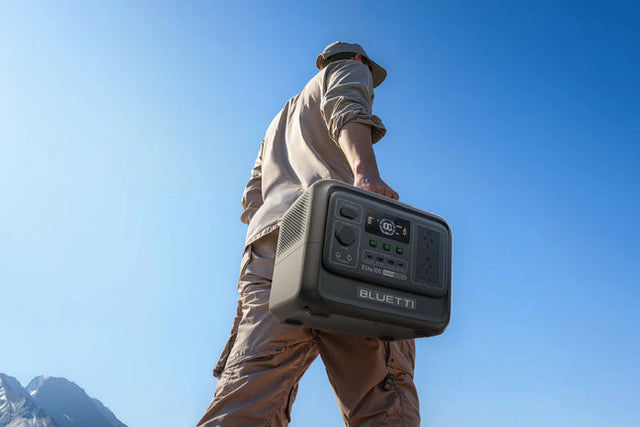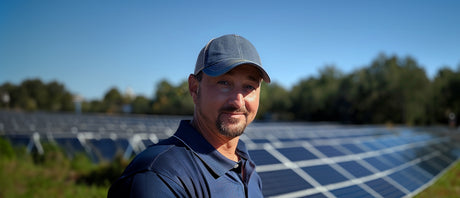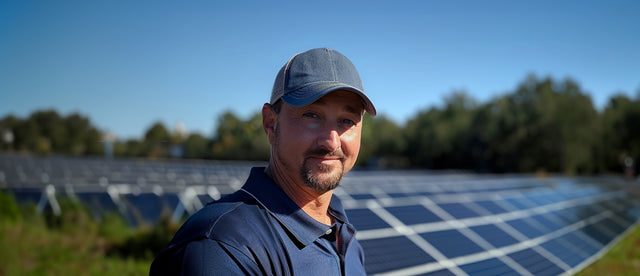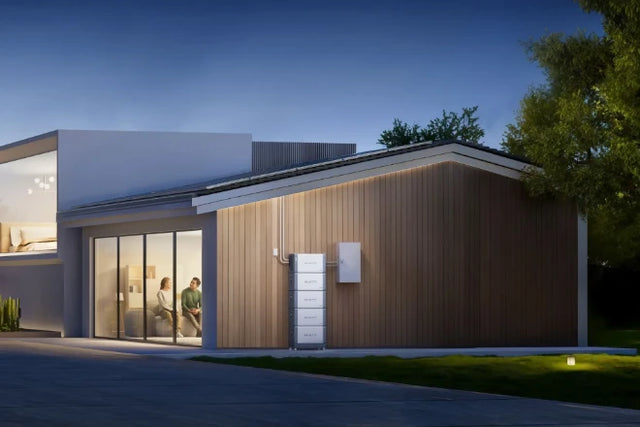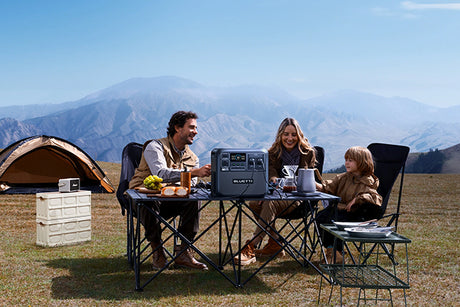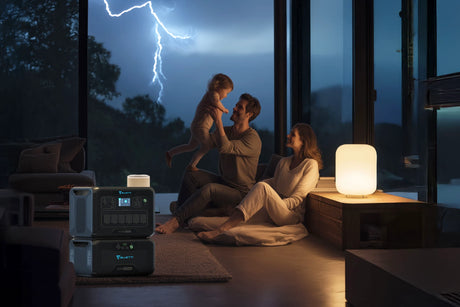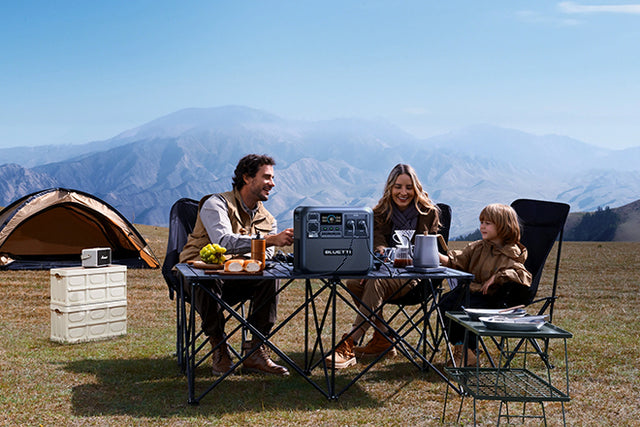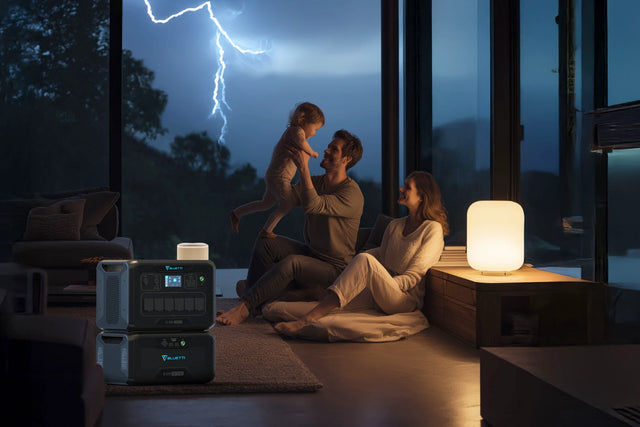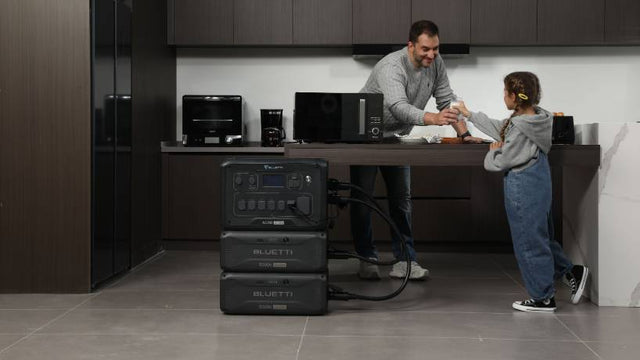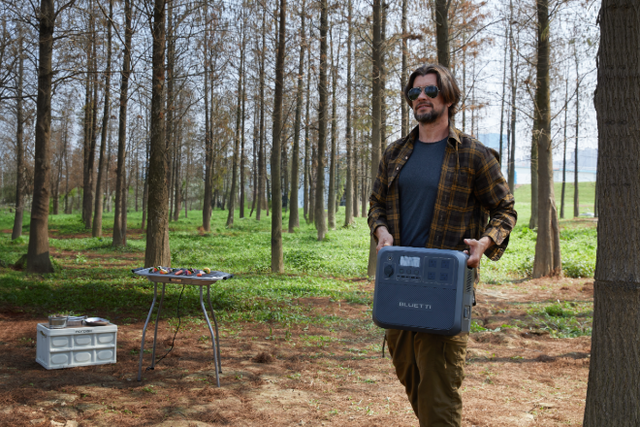Access to affordable loans for householders to install devices that can store energy, heat pumps, or any other energy-saving technology has been started by the Sustainable Household Scheme. These devices will contribute to lowering energy costs and greenhouse gas emissions. The guide explains everything you want to know about the SHS in 2025/26 specifically who qualifies, what upgrades are available, best practices for ensuring optimal savings, and possible savings on program benefits.
What is the Sustainable Household Scheme?
The Sustainable Household Scheme came during the middle of 2021, premised on a very simple yet powerful idea: to remove upfront financing barriers for households to access home energy upgrades. Many families know that a heat pump or battery storage system is going to net thousands of dollars in savings over the long haul; however, the upfront cost of $5,000-15,000 is sometimes a deal-breaker.
The SHS has thus removed that warranty by providing zero-interest loans repayable up to 10 years. This was first started at a $15,000 limit and later increased to $20,000. Payments are to be spread across time with no interest that will eat into your budget.
The aims were very clear, however:
- Reduce greenhouse gases from households.
- Lower household energy bills.
- Create a local green economy by stimulating demand for installers, suppliers, and service providers.
What's New in Sustainable Household Scheme (From 1 July 2025)
There is flexibility in the Sustainable Household Scheme. Not a static policy, the ACT Government has modified the scheme's terms with effect from 1 July 2025, to ensure its relevance and continuing financial sustainability. These are the three major modifications.
1. Change the Interest Rate to 3%
The so-called exclusive feature of SHS was that it provided loans without interest. Such a prize commodity allowed a particular household to pay back costs using the extensive loan to facilitate the renovations without owing even a cent in interest.
Since July 2025, the program shifted to a lower interest rate: 3%, low in comparison with market rates for unsecured personal loans (usually 8 to 12%). Some households may see this change unfavorably. It guarantees that thousands of families can still benefit from the scheme going forward. Still, that 3% is indeed competitive, especially when bundled with rebates and energy savings that can easily overtake the little interest cost.

2. Restricting the Eligibility of Solar Panels
Of all the recent changes, the exclusion of stand-alone solar PV systems from the eligible items list would perhaps be the most surprising. For a long period, it was solar panels that made most people apply to SHS. In mid-summer 2025, however, solar was mainstream in the ACT. All national incentives and plummeting prices made the technology available without requiring SHS, and it was subsequently disallowed through SHS to prevent double-dipping on subsidies.
The ACT Government, therefore, now limits SHS loans for solar alone. Instead, the scheme encourages complementary technologies working with existing solar, such as:
- Battery storage systems for capturing excess solar energy.
- EV chargers enable homes to use solar energy to fuel their vehicles.
- Smart energy management systems for optimizing solar output.
3. The Climate Choices Framework By ACT Government
Alongside the financial tweaks, the ACT Government rolled out the Climate Choices initiative. Lots of households know that they want to "green" their homes, but don't know where to start, or are afraid of installers who make no promises.
- Workshops for households to learn about energy upgrades.
- Approved product lists assure that the products meet quality and warranty standards.
- Independent advice is chained to no single supplier or installer.
It is less about giving out loans in this framework but more about guiding households toward making wiser, long-term arrangements for their energy future.
What Upgrades are Included in SHS
SHS will not give free access just for any fancy gadget that looks all shiny and new. The program limits itself to upgrades that are tried and tested to reduce emissions and save dollars, with some significant allowance.
SHS Eligible Products
SHS does not cover every one of the improvements that fall under the umbrella term Sustainable Household Scheme. SHS focuses on those products that generate long-term savings in household savings while achieving emissions reductions and efficiency improvements. Below are major categories of eligible products alongside a brief explanation of how each contributes to a more sustainable household.
1. Smart Battery System to Store Solar Energy and Cut Your Bills
Battery storage is one of the most powerful options available under SHS. It allows you, within your own time, to store energy in excess during the day and then use it at night, reducing dependence on a grid system and also saving some money on power bills.
For many households, batteries also offer backup in the event of outages as an additional layer of security.
Among the many noticeably supported SHS battery options are popular offerings from BLUETTI. BLUETTI has become synonymous with high efficiency and reliability:
- BLUETTI EP760: A modular home battery system designed for larger households, smoothly integrated with solar panels, expandable capacity, and dual operation: off-grid and tied to the grid.
- BLUETTI Apex 300: It's portable, efficient, and provides excellent backup capacity. A slightly smaller but versatile energy storage solution for small households or for those wanting something at an entry-level battery system.
Both these Bluetti models are strong candidates for households that want to future-proof their solar investment and maximize energy independence.

2. EV Charging Stations Let You Charge Your Car At Home
EV charging stations are popular features in homes nowadays as electric cars quickly become mainstream. Instead of paying some steep charges when you take your electric vehicle to public EV charging stations, you may use solar energy to charge your home EV and save on transport while reducing the harmful emissions from driving.
3. Reverse-Cycle Heat Pumps Produce 3-5 Units/1 Unit of Electricity
Heating and cooling can account for well over 40% the energy used by a household. Reverse-cycle heat pumps are an incredibly efficient appliance, producing 3-5 units of heat for every 1 unit consumed in electricity.
This means that they are far cheaper to run than gas heating or traditional electric systems. Besides, most of the new models have functions that would allow cooling in summer, providing the comfort of temperature throughout the year at a fraction of the cost.
4. Efficient Electric Hot Water Systems Consume 25% Of Energy
Hot water accounts for approximately 25% of household energy consumption, and even in many ACT homes, gas still dominates. Indeed, replacing most of the old house's gas systems with efficient electric hot water units, typically heat pump-driven, will save energy costs and reduce emissions.
Many of those units can be preprogrammed to run during sole peak hours to save energy during hot showers.
5. Home Insulation and Double Glazing Reduce Heat Loss
Insulation keeps in warmth during the winter and keeps out the cool air in the summer for double-glazed windows.
Upgrades of these will lead to an energy-efficient house and make the house comfortable by preventing drafts and lowering the indoor temperature, depending on the season.
6. Induction Cooktops & Efficient Appliances Produce Non-Toxic Fumes
Modern, sustainable households will soon be moving away from gas stoves. Induction heating is complemented by energy-rated appliances such as fridges, washers, and dryers, which effectively combine to achieve phenomenal losses in residential electricity throughput. This adds further to their savings potential.
Different Categories of Upgrades For SHS
To understand the long list, upgrades break down into four big categories:
- Energy generation & storage - batteries, solar-linked devices.
- Heating & cooling - efficient systems, hot water, and heat pumps.
- Transport - EV chargers, home-based solution.
- Building fabric - insulation, glazing, draught-proofing.
Ineligible or Restricted Items For SHS
Not everything counts.
- Standalone PV systems are not included.
- General renovations and other types of non-energy appliances are also excluded, as is low-quality, unapproved technology.
- Additionally, there are caps on loan amounts, meaning that most households have to prioritize upgrades that can pay off pretty quickly.

Who Can Apply & How the Scheme Works
Let’s discuss how you can apply and how this SHS works:
SHS Eligibility Rules are Inclusive
Sustainable household schemes are inclusive but have criteria to ensure that the appropriate households benefit from the programs. Here are some of the main eligibility requirements discussed in detail.

1. Applicants Must Be Homeowners
In order to apply for SHS, applicants must be homeowners. This includes renting their homes as well as some investment properties, but usually with restrictions. This is because the enhancements funded through SHS, such as insulation, EV chargers, or batteries, are all immovable improvements factored into the property judged.
Unfortunately, renters cannot apply, but can benefit if their landlord chooses to participate and upgrade the property.
2. SHS Targets Middle-Income Families
The ACT Government set property value caps to limit the focus of the program to those households who need it most. Alternatively, above certain property value levels, such homes don't qualify, as the scheme is designed to enable average households to reduce their bills and emissions, rather than subsidizing lavish estates.
Although the threshold may change depending on government policy updates, the principle remains clear.
3. Holders of Concession Cards May Receive Additional Loan
As a holder of a Concession Card, such as a Pensioner Concession Card or Health Care Card, you may still receive some other forms of assistance in addition to SHS loans. At this point, this is where the ACT's Home Energy Support Program comes in, providing rebates and discounts that can also be combined with SHS loans.
The Loan Comes With Key Features
Here is a quick summary of sustainable household scheme (SHS) loan options under 2025/26:
|
Feature |
Details |
|
Loan Size |
Up to $20,000 |
|
Interest Rate |
3% (effective from July 2025) |
|
Repayment Term |
Up to 10 years |
|
Administration |
Payments managed through approved finance providers |
Step-by-Step Application Process Of SHS
Even though the Sustainable Households Scheme (SHS) application process is fairly free of complications, it does need to go through several steps towards the proper completion of government-industry standard-approved upgrades. These are the steps, along with the expectations along the way:
Step 1. Do Your Research Before Applying
With respect to your projects, it would be best if you had some background knowledge about those upgrades that best benefit your house. The ACT Government organizes Climate Choices workshops, wherein households can get trained on various technologies and compare their options of which products are listed as approved.
This saves lots of trouble later on: you would know which products are eligible; you would have an idea about what they cost on average; and you would know which installers are the professional ones.
Step 2. Take Quotations From Different Dealers
For your application, you are required to provide absolute quotations duly issued by the suppliers. That is, you must contact the licensed installers or product suppliers to obtain written quotations from them and verify that the equipment they provide is of the SHS-approved type you are seeking.
It would be smart to get at least two or three quotes so you can compare price, warranty, and level of service. This way, you save yourself from the scenario of getting overcharged and ensure you indeed receive value for the money spent.
Sep 3. Carefully Submit Application at SHS Portal
Once you have chosen a product and supplier, you may apply through the purpose-designed SHS portal set up by the ACT Government. Within the application, property details, proof of ownership, financial details regarding loan particulars, and the supplier quote will all be required.
Step 4. Wait For Approval & Loan Setup
Once the government confirms eligibility, the application is sent to a recognized finance provider, which undertakes credit checks and sets up the loan, usually within weeks.
The accredited finance provider will send a loan agreement that includes terms and conditions, plus a repayment schedule.
Step 5. Install The Upgrade and Verify Afterward
With the loan in place, the installer of your choice proceeds to do the work you contracted for, whether that be an upgrade to a battery, heat pump, EV charger, or insulation.
Records of compliance are maintained after installation. The installer must demonstrate that the works comply with safety, quality, and SHS eligibility standards. Some installations may require verification and inspection afterward.

Financial Cost, Savings, and Returns Of SHS
For the majority of households, one question must be raised: Am I really saving money? The answer is yes; however, it hugely depends on what upgrades you are applying for, your energy habits, and how you are financing these improvements.
This scheme is designed to reduce emissions. It provides significant, tangible benefits in the long run. More often than not, a lot of households are able to pay back a very big part of the investment towards their upgrades in just a few years due to very low-interest loans, possible rebates, and lower energy bills.
Now, let's take a look at how the various long-term benefits actually pan out.
Zero-Interest vs. 3% Loan vs. Rebates
Initially, SHS was giving loans at zero interest, but now SHS is giving 3%, which is much less interest than any personal loan or credit card. SHS can still be stacked with rebates like the Federal battery rebate and ACT concessions
You Can Expect A Clear Payback
The following are estimated paybacks for varying households:
- Battery Storage: 7-10 years, depending on usage.
- Heat Pump: 3-6 years (huge savings compared to gas).
- Temperature Control Upgrade: 4-8 years.
ACT Household Can Save $1200 and $1800
For example, an average ACT household installing a 10kWh battery plus a reverse cycle heat pump can save anywhere between $1200 and $1800 a year, depending on energy use pattern and solar generation.
Comparison Table - Costs vs Savings
|
Upgrade |
Upfront Cost |
Loan Amount |
Annual Savings |
Payback Period |
|
Battery Storage (10kWh) |
$10,000 |
$10,000 |
$1,200 |
8 years |
|
Heat Pump Heating/Cooling |
$6,000 |
$6,000 |
$900 |
5 years |
|
EV Charger |
$2,500 |
$2,500 |
$400–$600 (vs fuel) |
5 years |
|
Insulation Upgrade |
$4,000 |
$4,000 |
$600 |
6 years |
SHS Shows Real-World Impact
Having already operated for a couple of years now, SHS is no longer just a theory but a reality with measurable achievements all over the ACT. From reduced household bills to emission reductions, it has now become one of the pillars of the climate strategy for the territory.
In evaluating its effectiveness, let us look at a few major figures and, to date, some real-world success stories.

Statistics and Achievements By SHS in 2025
By mid-2025, SHS already had:
- Over 25,000 supported households.
- In upgrades, more than $250 million.
- Delivered about $46.9 million in bill savings returns to ACT families.
Different Regions Are Embracing The Scheme
It is the highest uptake from SHS in the suburbs of Gungahlin and Tuggeranong, where the new stock is well-suited for high solar uptake with SHS upgrades.
Stacking SHS with Other Incentives For Maximum Savings
It is therefore wise to stack SHS loans with other rebates or other programs for the maximum benefit of savings.
How this layering of incentives really works, let’s see.
Join Federal Programs With SHS For Combined Benefits
The Federal Government's Battery Rebate can be stacked with the SHS so as to maximise cost reduction benefits.
ACT Home Energy Support Program
Concession card holders can enjoy further rebates on SHS loans, bringing some upgrades almost cost-neutral.
Adapt Some Energy-Efficient Habits To Maximise Benefits
Smart households combine rebates, SHS loans, and energy efficiency habits (like shifting appliance use to solar hours) to double their savings potential.
The Scheme Comes With Risks And Challenges
Not all SHS talks concern sunshine and savings. Credit history matters even in loan eligibility. Product choice, poor-quality products, and/or faulty installers can lead to breakdowns and hassles with warranty claims.
Best Practices To Apply For SHS
Here are the best practices an applicant should follow to avoid that misfortune.
Get Multiple Quotes
It is tempting to stick with the first installer you talked to, especially if they were clearly good with their salesmanship. Quite the contrary; prices, service quality, and warranty periods differ among providers.
Always get at least two to three quotes for the same product or upgrade. Some installers may hide costs, while others may offer generous allowances in terms of warranty, maintenance, and support.

Focus on High-Ticket Items Such As Batteries
Not every upgrade gives the same payback. Batteries are good, but they are slow to pay back, more than a heat pump or insulation.
For savings fast and paybacks quicker, consider first:
- Heat pumps (big reductions in heating/cooling costs).
- Insulation (keeps your home comfortable year-round).
Once all have been addressed, the focus should then shift to high-ticket items such as batteries or EV chargers with the aim of ramping up efficiency and independence.
Read the Fine Print
Everything is bright and shiny new technology for you, but just make sure you read the fine print! Examine the entire loan agreement, product warranties, and installer credentials before signing on the dotted line.
Some of the things to watch for:
- Loan terms: repayment flexibility, fees for early repayment.
- Product warranties: period, what is covered, what is not covered.
- Installer accreditation: make sure they are accredited under the SHS framework.
Plan Your Repayments Wisely
Get yourself asking:
- Will energy bill savings offset most or all of the repayment rate?
- Do you need shorter terms (higher repayments, lower interest) or longer terms (lower repayments, higher interest overall)?
- Will your needs allow you to afford an additional buffer for maintenance or unexpected costs?
What Next for SHS & ACT's Energy Future?
The ACT Government is putting the program through improvements. Among the expectations:
- Increase in product lists (smarter home energy systems).
- Decreasing costs of technologies, mainly batteries.
- More aligned with net-zero 2045 goals, turning SHS into that pillar for household decarbonization.
Conclusion
The Sustainable Household Scheme is more than a loan; it is a gateway into low-bill, low-emissions, and future-proof homes. The scheme lowers the upfront barrier for energy upgrades and will enable households to take control over bills, increase comfort, and cut their carbon footprint at the same time.
Now, there are a few barriers like interest rates, eligibility checks, and product choices—but most households find that with a little planning, the benefits far outweigh the hurdles. After all, each upgrade on all the accounts pays itself off over time and contributes towards ACT's goals of net zero emissions by 2045.
